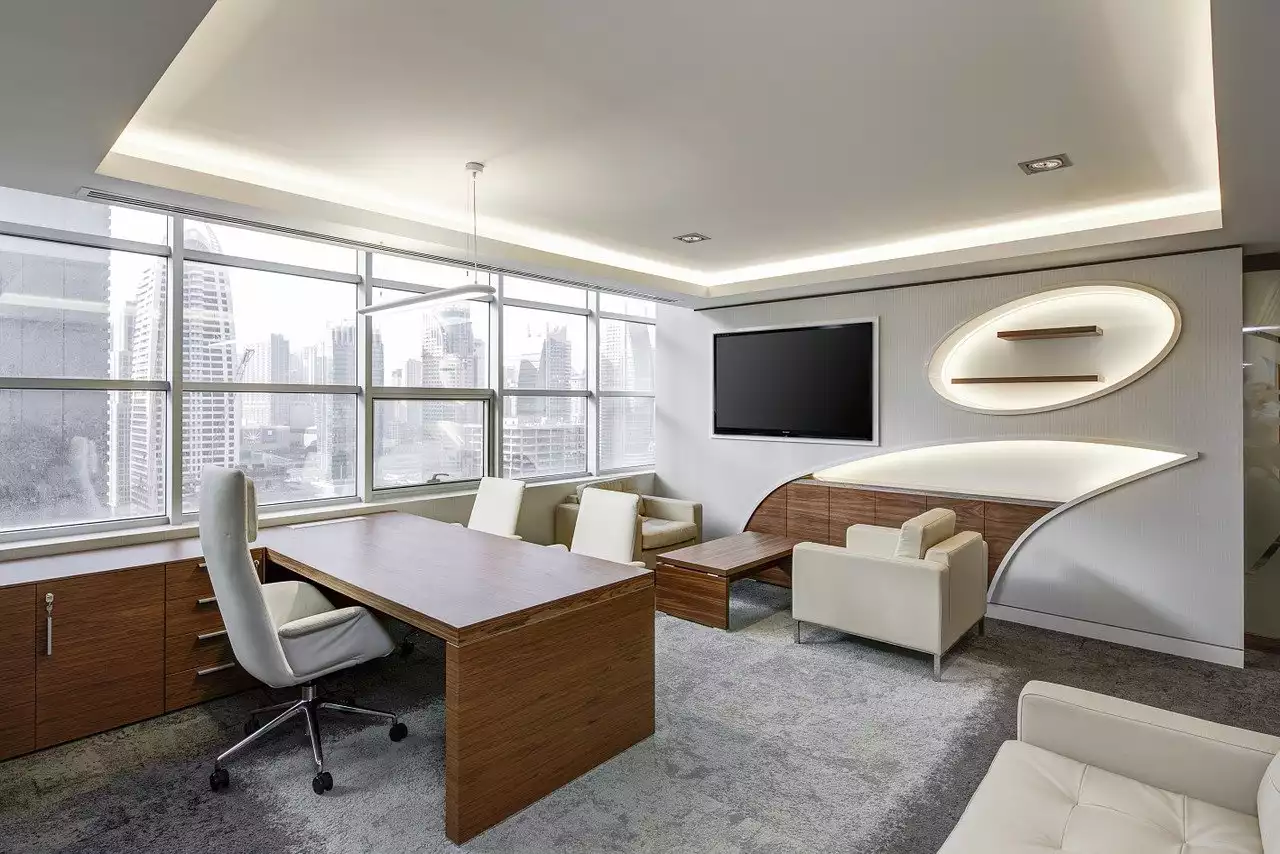Importance of Lighting in a Home Office
Lighting is one of the most important aspects of creating a productive and comfortable workspace. Proper lighting can reduce eye strain, headaches, and fatigue, while also boosting your mood and productivity. Studies show that people who work in well-lit environments are more productive and have a better overall mood than those who work in dimly lit spaces.
When it comes to home offices, lighting is even more critical, as you may be spending long hours working in a small space. A well-lit home office can help you stay focused and alert, while also reducing the risk of eye strain and fatigue.
Types of Lighting
When it comes to lighting your home office, there are several types of lighting to consider. The most common types of lighting include natural light, artificial light, desk lamps, overhead lighting, and accent lighting. Each type of lighting has its advantages and disadvantages, and choosing the right one depends on several factors, such as the size of your office, the amount of natural light available, and your personal preferences.
Factors to Consider When Choosing Lighting
Before choosing the right lighting for your home office, there are several factors to consider. The first factor to consider is the size of your office. If you have a large office, you may need more than one light source to ensure that the entire space is well-lit. On the other hand, if you have a small office, a single light source may be sufficient.
The second factor to consider is the amount of natural light available in your office. If you have large windows that let in plenty of natural light, you may not need as much artificial light. However, if your office is in a basement or does not have many windows, you may need to rely more on artificial lighting.
Other factors to consider include the type of work you do, your personal preferences, and your budget. For example, if you work with color-sensitive materials, you may need a specific type of lighting that accurately represents colors.
Natural Lighting Options
Natural light is one of the best sources of lighting for a home office. It is free, abundant, and can improve your mood and productivity. If your office has large windows or is located in a sunny area, you may be able to rely solely on natural light.
However, natural light can also cause glare, which can strain your eyes and make it difficult to work. To reduce glare, you can use curtains or blinds to control the amount of light that enters your office. You can also position your desk so that the sunlight falls on your desk at an angle rather than directly.
How Does Light Increase Productivity? (Natural Light In Your Office)
Artificial Lighting Options
Artificial lighting is necessary for most home offices, especially if you work during the evenings or in a space with limited natural light. There are several types of artificial lighting options to consider, such as desk lamps, overhead lighting, and accent lighting.
Desk lamps are a popular lighting option for home offices as they are versatile, affordable, and can be easily positioned to provide direct light where it is needed. When choosing a desk lamp, consider the brightness, color temperature, and direction of the light.
Overhead lighting is another popular lighting option for home offices. Overhead lighting can provide general illumination for the entire space, but it can also be too bright and cause glare. To avoid glare, use overhead lighting that has a diffuser, which spreads the light more evenly.
Accent lighting is a type of lighting that is used to highlight specific areas or objects in your office. Accent lighting can be used to create a warm and welcoming atmosphere, and it can also be used to reduce eye strain by providing soft, indirect light.
Desk Lamp Options
Desk lamps are a popular lighting option for home offices, as they are versatile, affordable, and can be easily positioned to provide direct light where it is needed. When choosing a desk lamp, consider the brightness, color temperature, and direction of the light.
LED desk lamps are a popular choice for home offices, as they are energy-efficient, long-lasting, and emit less heat than incandescent bulbs. When choosing an LED desk lamp, consider the color temperature, which can range from warm white to cool white. Warm white is a good option if you want a cozy and relaxing atmosphere, while cool white is better if you need to stay alert and focused.
Overhead Lighting Options
Overhead lighting is another popular lighting option for home offices. Overhead lighting can provide general illumination for the entire space, but it can also be too bright and cause glare. To avoid glare, use overhead lighting that has a diffuser, which spreads the light more evenly.
LED panel lights are a popular choice for overhead lighting, as they are energy-efficient, long-lasting, and provide even illumination. When choosing an LED panel light, consider the size and the color temperature, which can range from warm white to cool white.
Accent Lighting Options
Accent lighting is a type of lighting that is used to highlight specific areas or objects in your office. Accent lighting can be used to create a warm and welcoming atmosphere, and it can also be used to reduce eye strain by providing soft, indirect light.
LED strip lights are a popular choice for accent lighting, as they are flexible, easy to install, and can be cut to size. When choosing LED strip lights, consider the color temperature, which can range from warm white to cool white. Warm white is a good option if you want a cozy and relaxing atmosphere, while cool white is better if you need to stay alert and focused.
Energy-Efficient Lighting
Energy-efficient lighting is an excellent option for home offices, as it can help reduce your energy bills and minimize your carbon footprint. LED lighting is the most energy-efficient option, as it uses up to 80% less energy than traditional incandescent bulbs.
When choosing energy-efficient lighting, consider the color temperature, brightness, and direction of the light. LED lighting is available in a range of color temperatures, from warm white to cool white.











